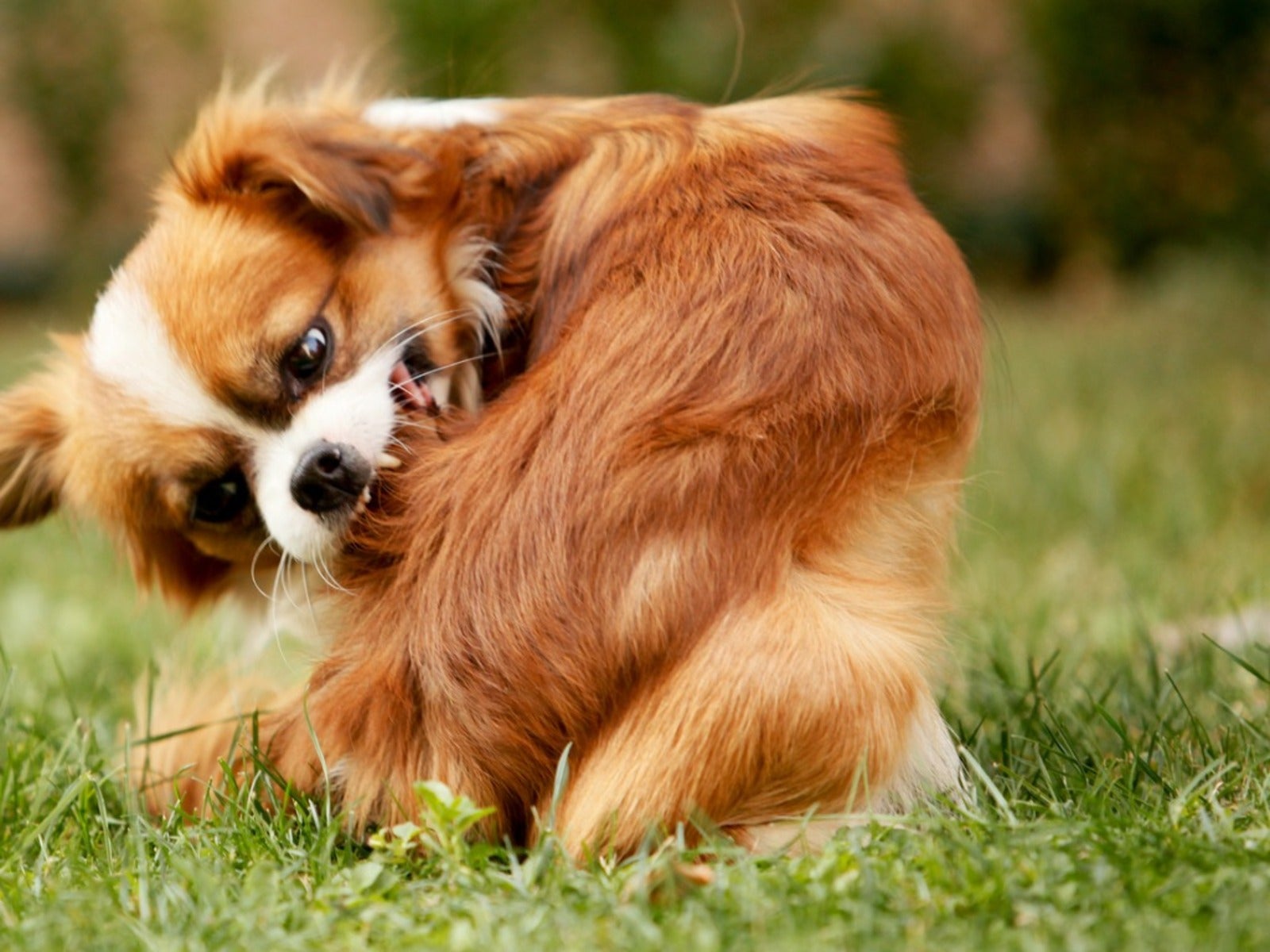Flea Control For Gardens: Learn About Lawn And Garden Flea Control


Keeping your yard and garden flea free sometimes seems like Mission Impossible. If nothing seems to work for you, take a few minutes to understand what makes these fierce little pests tick. This article focuses on flea control for gardens.
Lawn and Garden Flea Control
Once fleas find their way into your home, you’ll never completely get rid of them until you learn how to manage fleas in the yard. Every time you and your furry friends step into a flea-infested area outdoors, fleas hitch a ride indoors on your clothing and your pet’s fur. Once you learn how to manage fleas in the yard, taking control of the problem in your home won’t seem like such a challenge.
Flea treatment is more effective if you first take the time to prepare the area. Fleas like to take refuge among clutter and debris, so clean up problem areas when controlling fleas outdoors. Pull weeds and mow the lawn to remove more hiding places. Rake up and discard or compost hay, straw, and shredded leaf mulches and replace them with cedar chips. Fleas hate cedar, and you’ll love your garden’s new look. Now it’s time to get down to business.
You don’t have to spray with poisons to get rid of fleas. There are a couple of methods of natural flea control for lawns and gardens that are just as effective as toxic sprays. One of these is nematodes. These nematodes are specific to killing fleas and other outdoor pests, and they won’t harm your plants or pets. Beneficial nematodes are available as a spray that you apply in shady areas, around the foundation of your house, in planted areas, and around doghouses and outbuildings. The nematodes won’t survive in the sun, but you won’t find fleas in sunny areas either.
Flooding the lawn is another nontoxic method of lawn and garden flea control. Flea larvae and eggs can’t survive in water, so flooding the area breaks their life cycle. If you have a large garden, try only treating the problem areas.
If you decide that chemical insecticides are best for your situation, read the label and follow the instructions carefully. Pay particular attention to instructions about mixing, storing, and disposing of unused products. Don’t ignore advice about protective clothing. Keep pets and children out of the area for the specified period of time, and make sure none of their toys are exposed to the chemicals.
Note: Any recommendations pertaining to the use of chemicals are for informational purposes only. Chemical control should only be used as a last resort, as organic approaches are safer and more environmentally friendly.
Gardening tips, videos, info and more delivered right to your inbox!
Sign up for the Gardening Know How newsletter today and receive a free copy of our e-book "How to Grow Delicious Tomatoes".

Jackie Carroll has written over 500 articles for Gardening Know How on a wide range of topics.
-
 Looking For Plants To Give You The Soft And Fuzzies? Try These 5 Fuzzy Leaf Plant Options
Looking For Plants To Give You The Soft And Fuzzies? Try These 5 Fuzzy Leaf Plant OptionsLovers of texture, drama, silver foliage and tactile plants will adore these special sensory garden additions. These fuzzy leaf plant options will leave you all aglow
By Susan Albert
-
 Get Ready For A Summer Of Hummers! Grow These Full Sun Hummingbird Plants and Flowers
Get Ready For A Summer Of Hummers! Grow These Full Sun Hummingbird Plants and FlowersIf you’re lucky enough to enjoy a sunny backyard, make sure you are maxing out on your pollinator opportunities and grow these full sun hummingbird plants and flowers
By Tonya Barnett